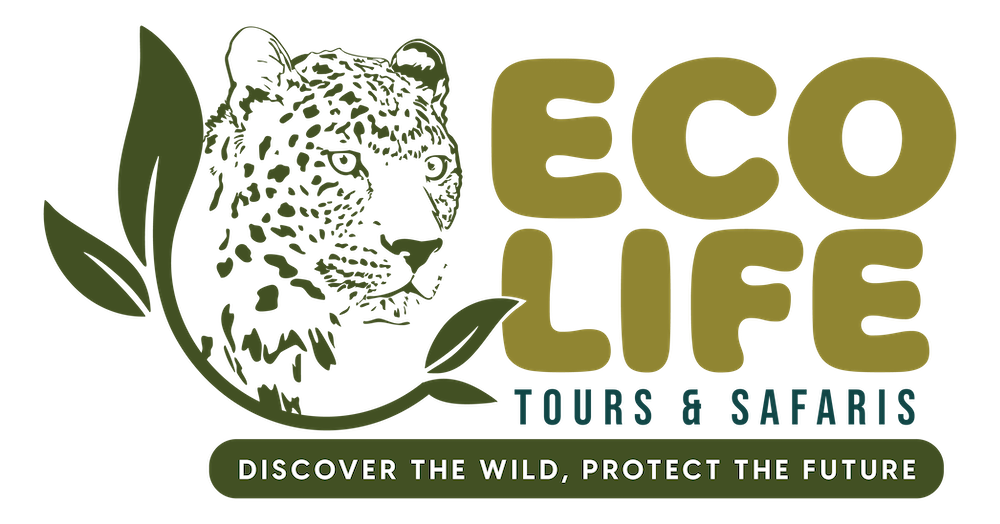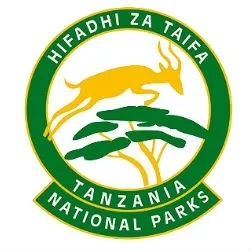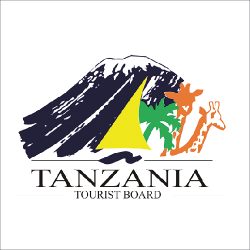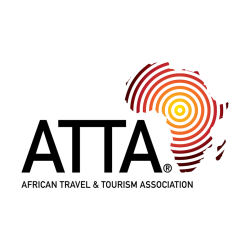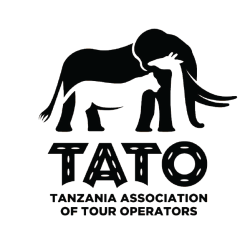FAQ about Mount Kilimanjaro Climb
How Difficult is It to Climb Mount Kilimanjaro?
Mount Kilimanjaro is a non-technical climb, which means you don’t need prior mountaineering experience. However, it’s still challenging because of the altitude. It requires physical fitness, mental resilience, and proper preparation. The higher you go, the thinner the air, which can make breathing more difficult, so the trek should be done slowly to allow your body time to acclimatize.
What is the Best Time to Climb Mount Kilimanjaro?
The dry seasons, from January to March and June to October, are the best times to attempt the climb. These months offer the clearest weather, making it easier to reach the summit and enjoy stunning views along the way. The temperatures are cooler but manageable, and there’s less rain, which can make the climb more challenging.
What Are the Routes to Climb Kilimanjaro?
Kilimanjaro offers several routes, each with its unique experience:
1. Marangu Route (Coca-Cola Route)
- Difficulty: Moderate
- Duration: 5-6 days
- Popularity: Very popular, as it’s one of the easier routes with hut accommodation.
- Description: The Marangu Route is known as the “Coca-Cola” route, mainly due to its relative ease compared to others. The trail is well-defined, and climbers stay in huts at each camp, which makes it more comfortable in terms of shelter. However, it doesn’t offer as much of a scenic variety, as you’re mostly ascending via the southeast side.
- Suitability: Best for those with limited time or those who prefer comfort with hut accommodation.
- Best for: A relatively shorter climb with fewer camping challenges.
2. Machame Route (Whiskey Route)
- Difficulty: Challenging
- Duration: 6-7 days
- Popularity: Very popular due to the stunning scenery and diverse environments.
- Description: The Machame Route is more challenging and often referred to as the “Whiskey” route because of its more demanding nature compared to Marangu. It offers a great variety of landscapes, including rainforests, alpine deserts, and moorlands. Climbers sleep in tents at campsites along the way.
- Suitability: Ideal for those looking for a bit more of a challenge with gorgeous panoramic views and varied ecosystems.
- Best for: Adventurers who want both scenic beauty and a bit more of a challenge.
3. Lemosho Route
- Difficulty: Moderate to Challenging
- Duration: 7-8 days
- Popularity: Highly recommended for its scenic beauty and higher success rates due to the gradual ascent.
- Description: The Lemosho Route is considered one of the most scenic routes, as it starts on the western side of Kilimanjaro. It’s longer than the others, which allows for better acclimatization and increases the chances of summiting. This route also offers stunning views of the rainforests and the Shira Plateau. Due to its longer duration, it has one of the highest success rates.
- Suitability: Best for those who are serious about their climb and want to increase their chances of summiting with the benefit of longer acclimatization time.
- Best for: Climbers who want a scenic, longer route and higher chances of success.
4. Rongai Route
- Difficulty: Moderate
- Duration: 6-7 days
- Popularity: Least crowded, starts from the northern side of the mountain.
- Description: The Rongai Route is the least crowded and starts from the northern side of Kilimanjaro, offering a completely different experience compared to the other routes. It ascends through a more remote and dry landscape, which gives it a more unique, desert-like feel. The route is often considered to be more gradual and a bit easier, although it still provides a challenging ascent.
- Suitability: Ideal for those who want a quieter route with stunning views of the northern side of Kilimanjaro.
- Best for: Adventurers who want to avoid the crowds and enjoy a quieter climb.
5. Mweka Route
- Difficulty: Moderate (for descent), Challenging (for ascent)
- Duration: 4-5 days (for ascent), commonly used for descent
- Popularity: Often used for descent, but can be used for ascent.
- Description: The Mweka Route is traditionally used as a descent route after summiting Kilimanjaro, but it can also be used for ascending. The route starts at the Mweka Gate and takes you through rainforests, alpine deserts, and barren summit terrain. The descent is relatively easy and short, making it a popular way to finish the climb.
- Suitability: While not as commonly used for ascent, it offers a straightforward descent. It is best for those finishing their climb.
- Best for: Descending after summiting, with the possibility of ascending if you want a shorter and steeper route.
6. Umbwe Route
- Difficulty: Very Challenging
- Duration: 5-6 days
- Popularity: Less popular due to its challenging nature.
- Description: The Umbwe Route is the shortest and steepest of all the Kilimanjaro routes. It offers a much more intense challenge and is intended for more experienced climbers. Because of its direct ascent, it doesn’t allow much time for acclimatization, which makes it less suitable for first-timers.
- Suitability: Best for experienced climbers in good physical condition, with a preference for a shorter and more physically demanding climb.
- Best for: Adventurers who are looking for a steeper, more intense challenge with fewer crowds.
7. Shira Route
- Difficulty: Moderate
- Duration: 6-7 days
- Popularity: Less popular, but provides stunning views.
- Description: The Shira Route starts at the Shira Gate on the western side of the mountain. The route offers beautiful, scenic views, but the climb starts at a higher altitude than other routes, which can increase the risk of altitude sickness for those who aren’t properly acclimatized. The Shira Route is similar in its experience to the Lemosho Route, but it’s a bit shorter.
- Suitability: Best for those who want a scenic climb that begins at a higher altitude.
- Best for: Those who have experience with altitude and want a quieter, less crowded route with scenic views.
Key Factors to Consider When Choosing a Route:
- Duration: How much time do you have for the climb? Shorter routes like Marangu (5-6 days) and Umbwe (5-6 days) are faster, but longer routes like Lemosho (7-8 days) give more time for acclimatization and are generally recommended for higher success rates.
- Difficulty: Some routes, like Machame and Umbwe, are more physically demanding, while others like Marangu and Rongai are a bit easier.
- Scenic Experience: If you want variety and stunning scenery, Lemosho, Machame, and Shira offer incredible landscapes.
- Crowds: If you prefer less crowded routes, consider Rongai or Umbwe. Marangu is very popular, but also more crowded.
How Long Does It Take to Climb Mount Kilimanjaro?
Typically, the climb takes 5 to 9 days, depending on the route and how much time you need to acclimatize to the high altitude. The longer routes give you more time to adjust and increase your chances of summiting successfully.
Can Children Climb Kilimanjaro?
Yes, children as young as 10 years old can attempt the climb, provided they’re physically fit and in good health. Always consult with a doctor and check with the tour operators to make sure the climb is appropriate for the child.
